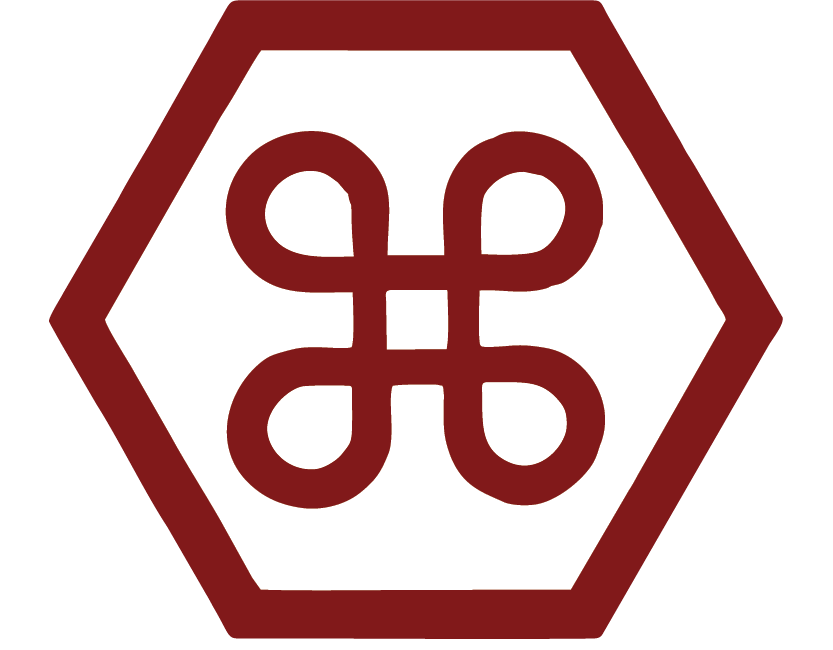Beyond Good Communication: Why Understanding Communication Styles Is Your Secret Leadership Weapon
When I first started leading teams, I assumed that being articulate and clear was enough. I'd craft thoughtful messages, deliver them with confidence, and then wonder why certain team members still seemed disconnected or confused. When I realised that how people receive information was just as important as how I delivered it, everything changed.
What I've learned and what I wish someone had told me years ago was that being a "good communicator" isn't nearly enough in today's complex business landscape. Understanding the distinct communication styles of your team members is the true superpower that separates exceptional leaders from merely competent ones.
The Communication Style Blind Spot
Most of us default to communicating in ways that feel natural to us. This unconscious bias creates what I call the "communication style blind spot"—we tend to assume others process information as we do. As leaders, this assumption costs us dearly in efficiency, innovation, and team cohesion.
Recent research from McKinsey reveals that organisations with leaders who adapt their communication styles experience 23% higher employee engagement and 19% lower turnover rates. These aren't marginal improvements—they are transformational outcomes that directly impact the bottom line.
The fundamental challenge isn't about speaking clearly; it's about speaking effectively to different minds. Each person on your team likely falls predominantly into one of four communication temperaments, each requiring a distinct approach:
The Four Communication Temperaments
1. The Analytical Communicator
These team members crave data, precision, and logical arguments. When communicating with analytical types:
• Lead with facts, research, and evidence
• Be precise in your language
• Provide detailed documentation where appropriate
• Allow time for questions and methodical exploration
• Avoid emotional appeals or vague generalisations
I once had a brilliant product developer who would completely disengage whenever I presented ideas with enthusiasm but without supporting data. Once I learned to prepare spreadsheets and research points before our meetings, his engagement transformed completely.
2. The Intuitive Communicator
These big-picture thinkers want to understand the "why" and the vision. For intuitive communicators:
• Start with the overarching concept or end goal
• Connect ideas to broader strategy and purpose
• Use visual aids and metaphors
• Don't bog them down with excessive details initially
• Create space for creative exploration
My marketing director would grow visibly frustrated during operational meetings focused on process details. Framing these discussions within our larger brand narrative from the start increased her participation and contributions dramatically.
3. The Functional Communicator
Process-oriented and sequential, these team members need clear steps and timelines. When working with functional communicators:
• Provide step-by-step processes
• Be clear about timelines, deadlines, and expectations
• Use checklists and procedural documents
• Maintain consistent structure in meetings and communications
• Focus on practical application rather than theoretical possibilities
My operations manager thrived when given sequential plans but struggled when presented with abstract concepts without implementation frameworks. Adapting my approach transformed our working relationship.
4. The Personal Communicator
Relationship-focused and emotionally attuned, these team members value connection and personal impact. For personal communicators:
• Begin with a genuine personal connection
• Relate information to people and relationships
• Acknowledge feelings and team dynamics
• Use stories and personal examples
• Allow time for discussion and sharing experiences
Client leads would often seem disengaged during strategy sessions until I began connecting our objectives to customer relationships and team collaboration opportunities.
Moving Beyond Your Default Style
The 2023 Workplace Communication Impact Report shows that teams led by leaders trained in adaptive communication styles experience 34% higher productivity and 28% better problem-solving outcomes.. Unfortunately, many leaders remain stuck in their default communication modes.
As a leader, your first task is to identify your dominant style. Ask trusted colleagues for feedback or consider formal assessments. Understanding your default approach reveals where you create unintentional barriers.
Secondly, observe your team members. How do they communicate naturally? What types of information engage them most? When do they ask follow-up questions or seem confused? These patterns often reveal their preferred communication styles.
The most powerful approach combines this awareness with intentional adaptation. Before important meetings or communications, ask yourself:
- Who is my audience?
- What communication style(s) do they prefer?
- How can I adapt my message delivery accordingly?
- What supporting materials would enhance understanding for different communication styles?
The Practical Implementation
A 2024 Harvard Business Review study found that 72% of executives believe miscommunication costs their organisation significantly, with estimates ranging from 25% to 40% of project budgets wasted due to communication style mismatches. This represents an enormous opportunity for improvement.
Consider implementing these practical strategies:
1. Mixed-Format Communications
For important announcements or changes, provide information in multiple formats:
• Written documentation (for analyticals)
• Vision-focused overview (for intuitives)
• Clear process steps (for functionals)
• Team impact discussions (for personals)
2. Communication Style Mapping
• Create a simple team map that captures each person's preferred communication style
• Use this as a reference before important interactions to prepare appropriately
3. Adaptive Meeting Structures
(Design meetings to accommodate different styles):
• Begin with the big picture and purpose
• Include specific data and evidence
• Outline clear next steps and processes
• Allow time for personal connection and discussion
4. Regular Communication Audits
• Periodically assess how effectively you communicate with different team members
• Ask for feedback on what aspects are most helpful or confusing
The Transformation Potential
When you master the art of adaptive communication, everything changes - projects move faster, innovation flourishes, team cohesion strengthens, and conflict diminishes.
I experienced firsthand how this approach transformed struggling teams into high-performing units. One technology company I worked with was experiencing significant delays and conflicts during a critical product launch. After mapping the team's communication styles and training leaders to adapt their approaches, they completed the launch two weeks ahead of schedule with substantially fewer conflicts.
The power of this approach lies in its recognition and valuing of human diversity. We aren't just communicating information, we're connecting unique minds that process and value different aspects of that information.
Key Takeaways
• Being a good communicator requires adapting to others' styles, not just being clear about your own
• The four primary communication temperaments (analytical, intuitive, functional, and personal) each require specific approaches
• Understanding your default style helps identify potential blind spots
• Communication style mapping can dramatically improve team effectiveness
• Implementing mixed-format communications ensures you reach everyone effectively
• Regular communication audits help refine your approach over time
Your Next Steps
I challenge you to identify your primary communication style this week and then observe the preferences of three key team members or stakeholders. In your next important interaction with each, consciously adapt your approach to match their style.
The results might surprise you. I'd love to hear how this approach transforms your leadership effectiveness. Remember, the goal isn't perfect communication—it's a meaningful connection that drives results.
References
- McKinsey & Company. (2023). "The Four Communication Styles: Adaptive Leadership for the Modern Workplace."
- Groysberg, B., & Slind, M. (2024). "The Financial Impact of Miscommunication in Organisations." Harvard Business Review. https://hbr.org/2024/01/the-financial-impact-of-miscommunication
- Gallup. (2023). "Workplace Communication Impact Report 2023." https://www.gallup.com/workplace/389807/workplace-communication-impact-report-2023.aspx
- Entrepreneur. (2023). "Why Being a Good Communicator Isn't Enough." https://www.entrepreneur.com/leadership/why-being-a-good-communicator-isnt-enough/491206


